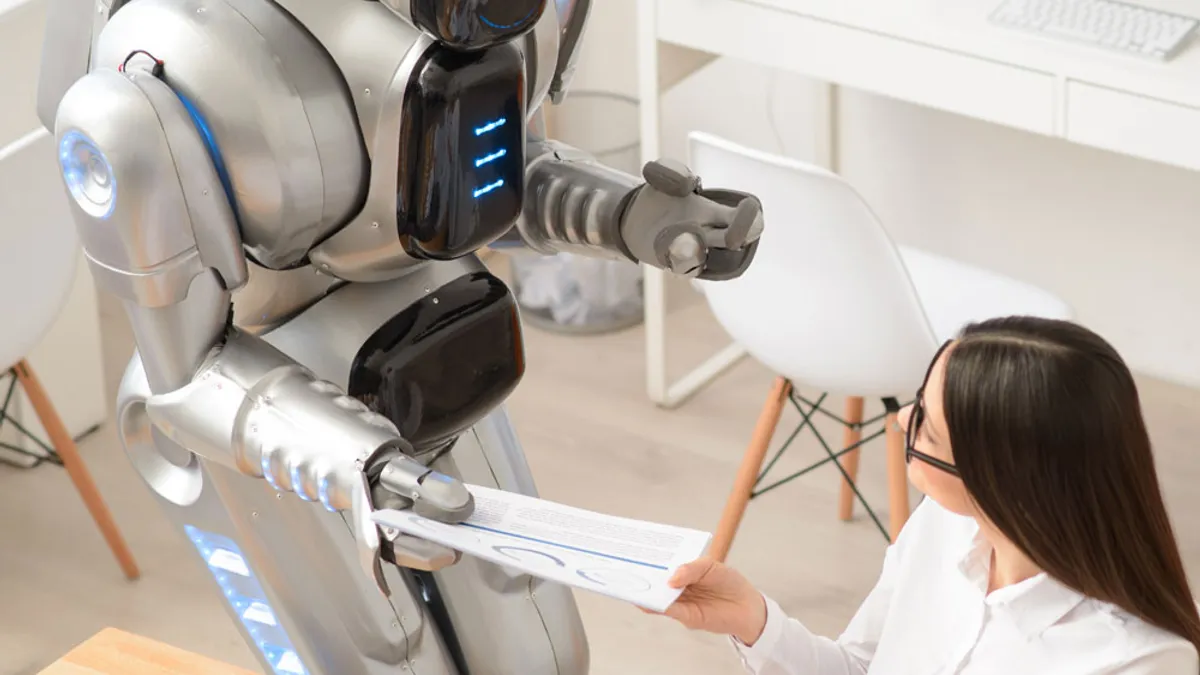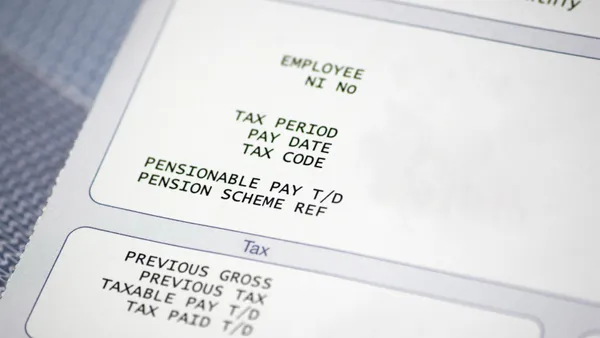“Hi…I’m looking for Amy?” A candidate had just walked into my old workplace for an interview.
“Amy is an AI,” someone laughed. “It’s artificial intelligence that schedules meetings. Her initials are A.I., get it?”
The candidate looked mortified.
With the advent of smart recruiting tech – just in time for the global talent crisis – many organizations are clamoring to streamline recruitment. Imagine an AI-powered “HR Alexa” that can interview candidates by text, send exercises to evaluate their skills, and automate communications and scheduling.
Already, AI is helping evaluate candidates’ hard skills. Triplebyte, for instance, offers a credentials-blind process for assessing engineers. Co-founder and CEO Harj Taggar says, “AI is starting to outperform humans at making hiring decisions in certain areas [and] then frees up recruiters to focus more on conducting soft-skill and culture-fit evaluation in a more structured way.”
While such applications of recruiting tech offer promise, it may lull companies into a false dream. The hope is that a future “HR Alexa” will captivate candidates, much like Scarlett Johansson’s disembodied character in the 2013 film Her. Set in the near future, the movie features Joaquin Phoenix, whose character falls in love with his AI-powered operating system, “Samantha.” Tellingly, his character’s job is to write personal letters for other people. In this fictitious world, people’s ability to connect on a personal level has atrophied, and their over-reliance on technology has rendered letter writing a lost art.
In our enthusiasm to adopt new technology, are we letting the “human” part of “HR” atrophy? We must step into this brave new world of HR technology with our eyes open.
A recent Fast Company article explains the rationale of adopting recruiting technology: “Rather than waste anyone’s time with several in-person meetings, online features will allow hiring managers to send out personality, writing, or functional tests an interested professional must complete before moving forward,” reasoning, “This saves headache – and heartache – on both sides of the process.”
But these purportedly time-saving exercises demand more of the candidate’s time and effort. And yet, in this current labor market, talent is the high-demand resource. Jobs are plentiful, particularly in highly-skilled and technical areas. Organizations struggling to find the right talent are not in the position to ask candidates to jump through superfluous hoops.
Worse still, automating these pre-interview evaluations removes the human element from the recruitment process – while requiring more of the candidate’s personal (unpaid) time. The message to potential employees is that they don’t deserve to talk to a human being until a robot gives the “OK.”
Asking a candidate to invest time and effort before investing any human thought in return is a recipe for alienating top talent. The promise of efficiency in recruiting can be tempting, but introducing new technology-enabled steps is a roadblock in itself – and could have the opposite of intended results.
Wisely adopted technology can certainly help decrease friction in the hiring process, and in the near future, predictive analytics may help predict job suitability and performance. But it’s not a panacea.
Recruiting alone will not solve the talent crisis. It will not curb turnover, and it will not create the agility your organization needs. The mission shouldn’t stop when you land that new hire; you must invest in continuous development and build a career path for them to grow within your organization.
It may not be as shiny and new as the promise of an “HR Alexa,” but a steady commitment to talent development will fuel sustainable growth. (And it will ensure you don’t have job candidates feeling duped after expecting an interview with “Amy Ingram,” “Arnold Insley,” or “Amelia Issacs.”)
Organizations that succeed despite this labor shortage will be those that complement recruiting efforts with holistic talent development initiatives. Even amidst the pressure of the talent crisis, HR should not overprescribe technology as the antidote and forget that we are in the business of people.










